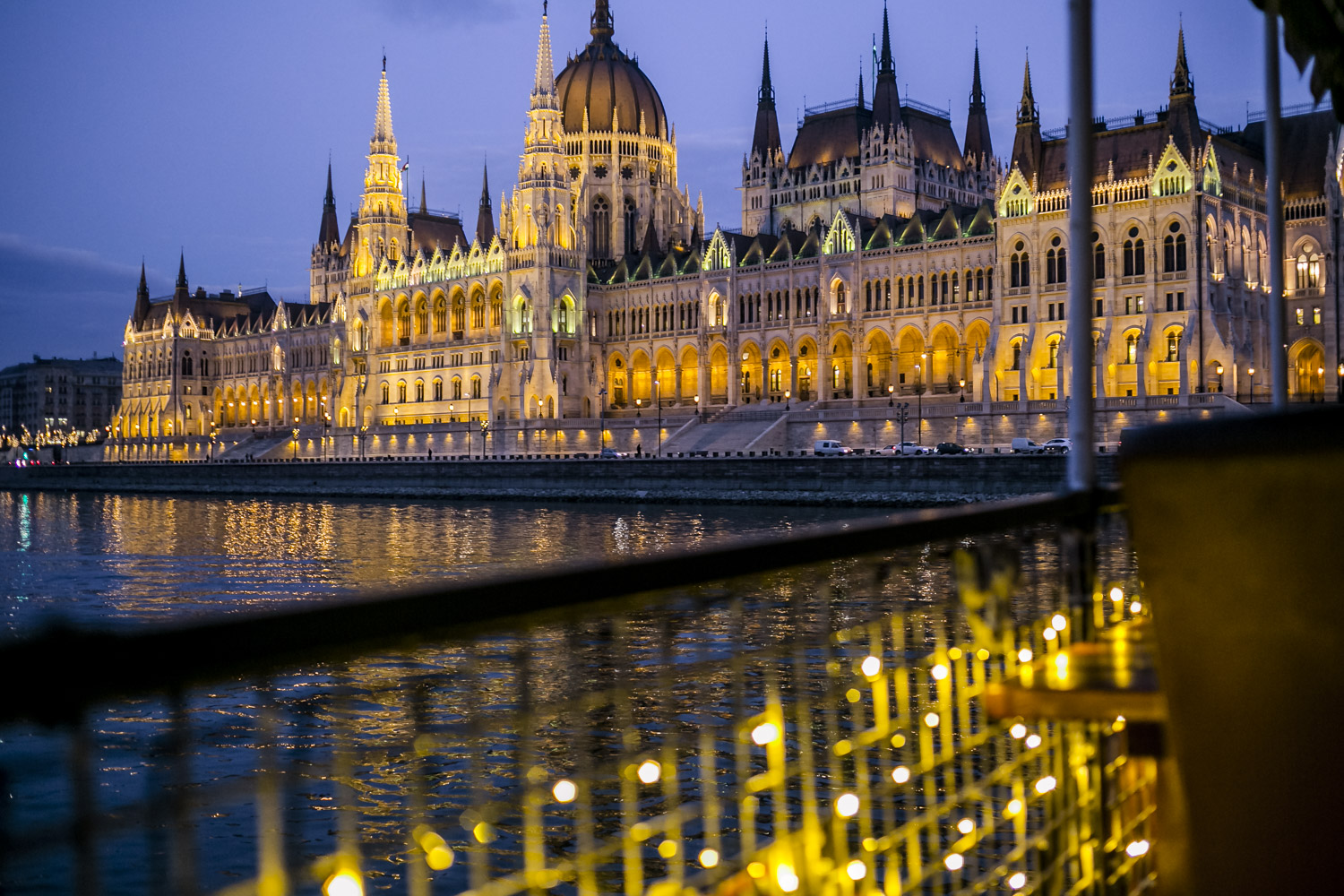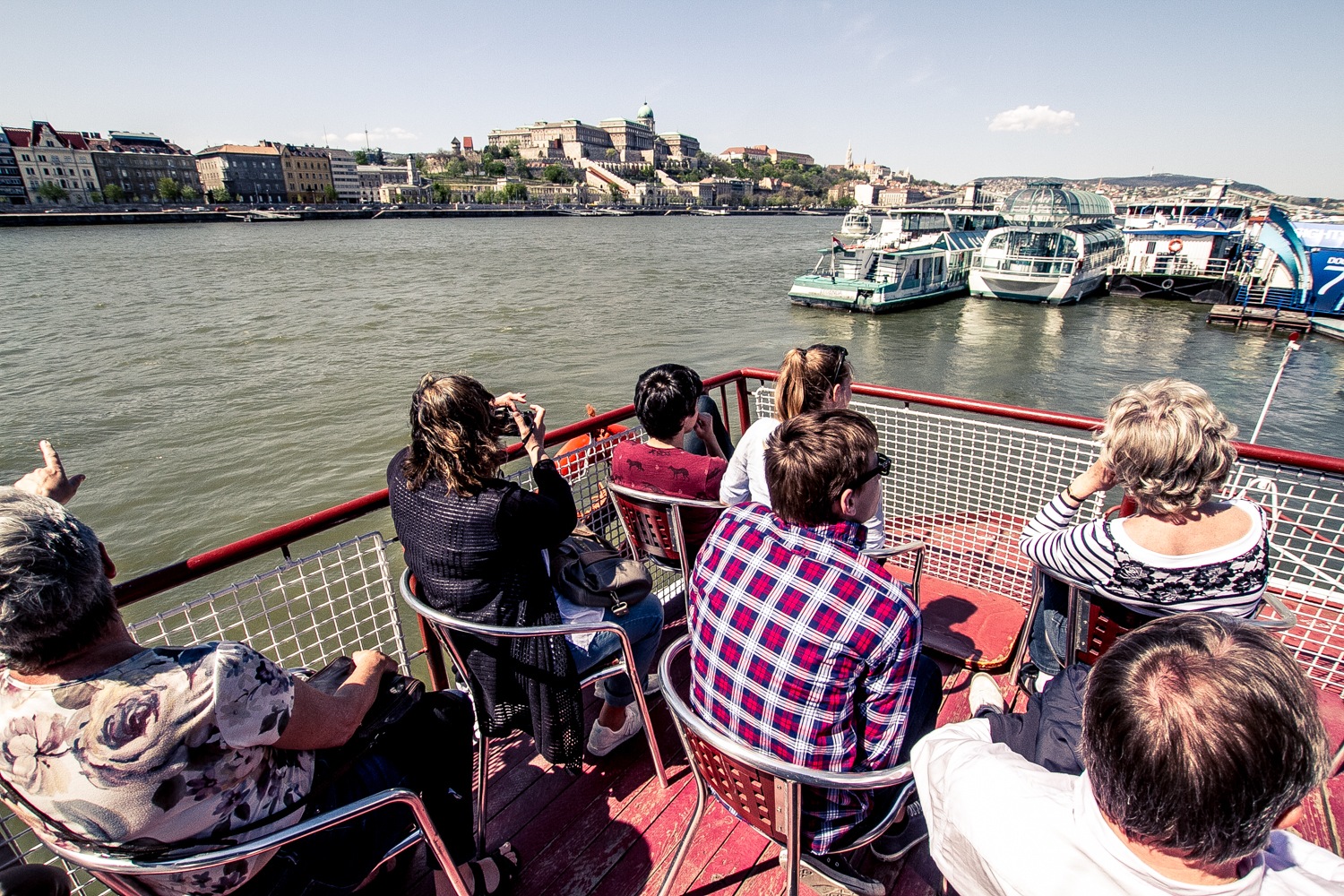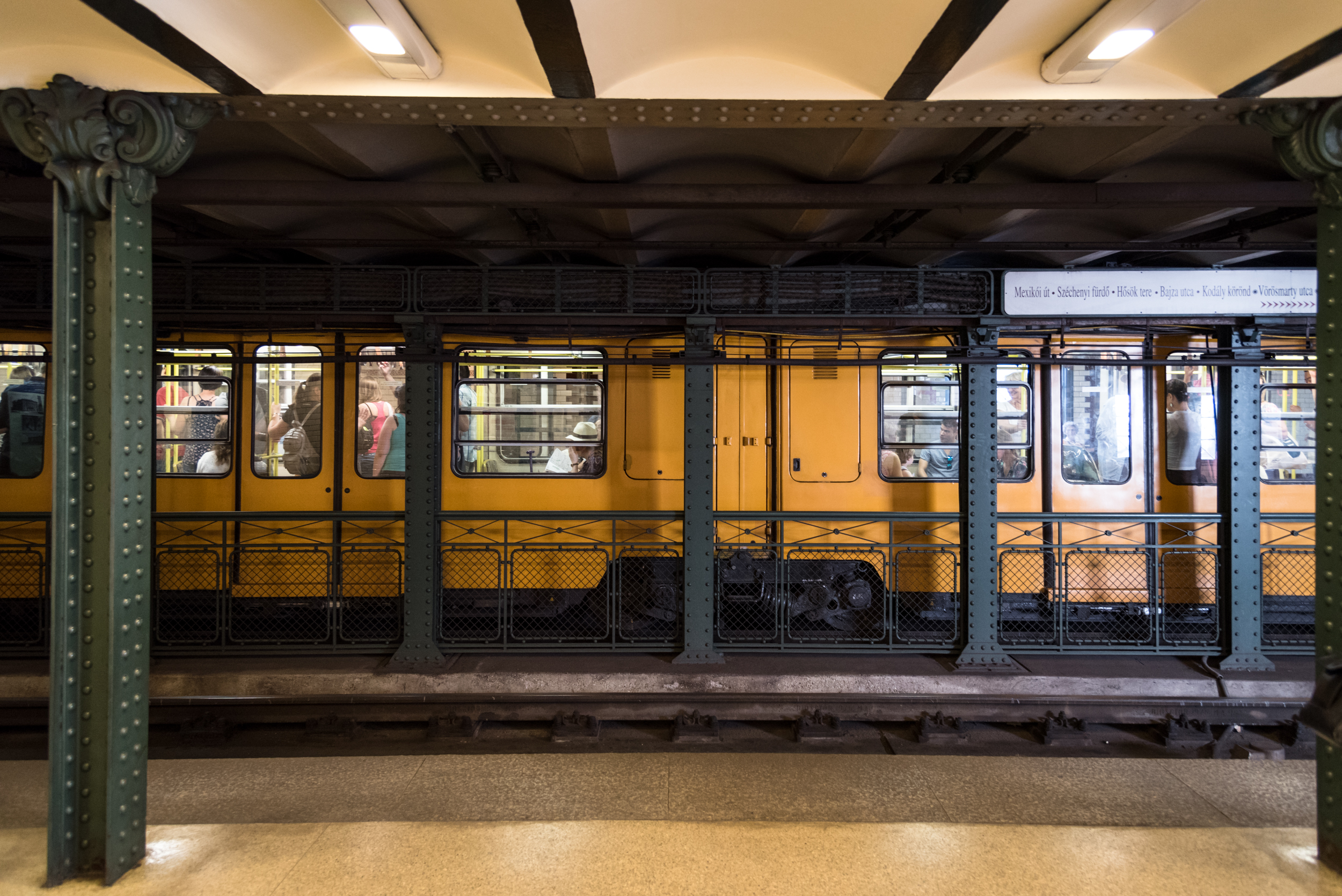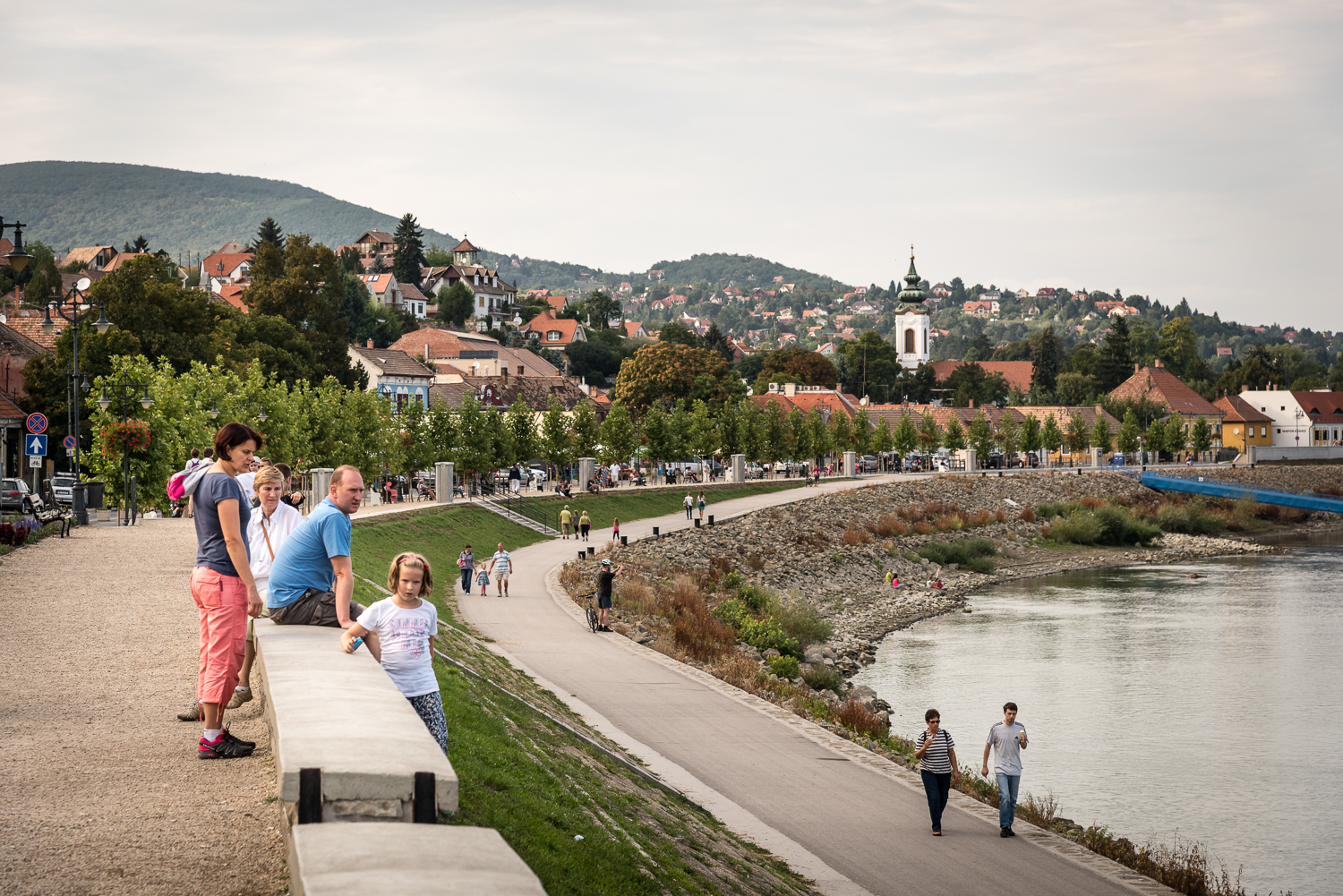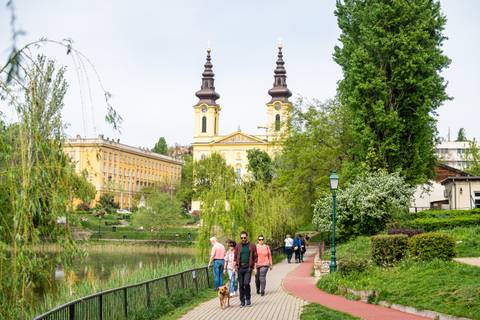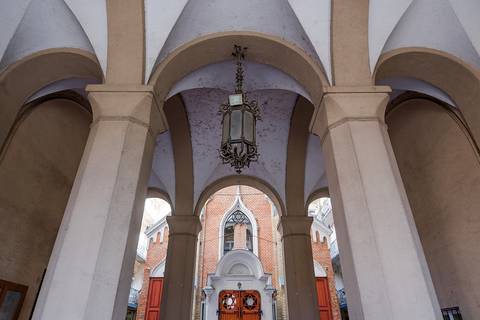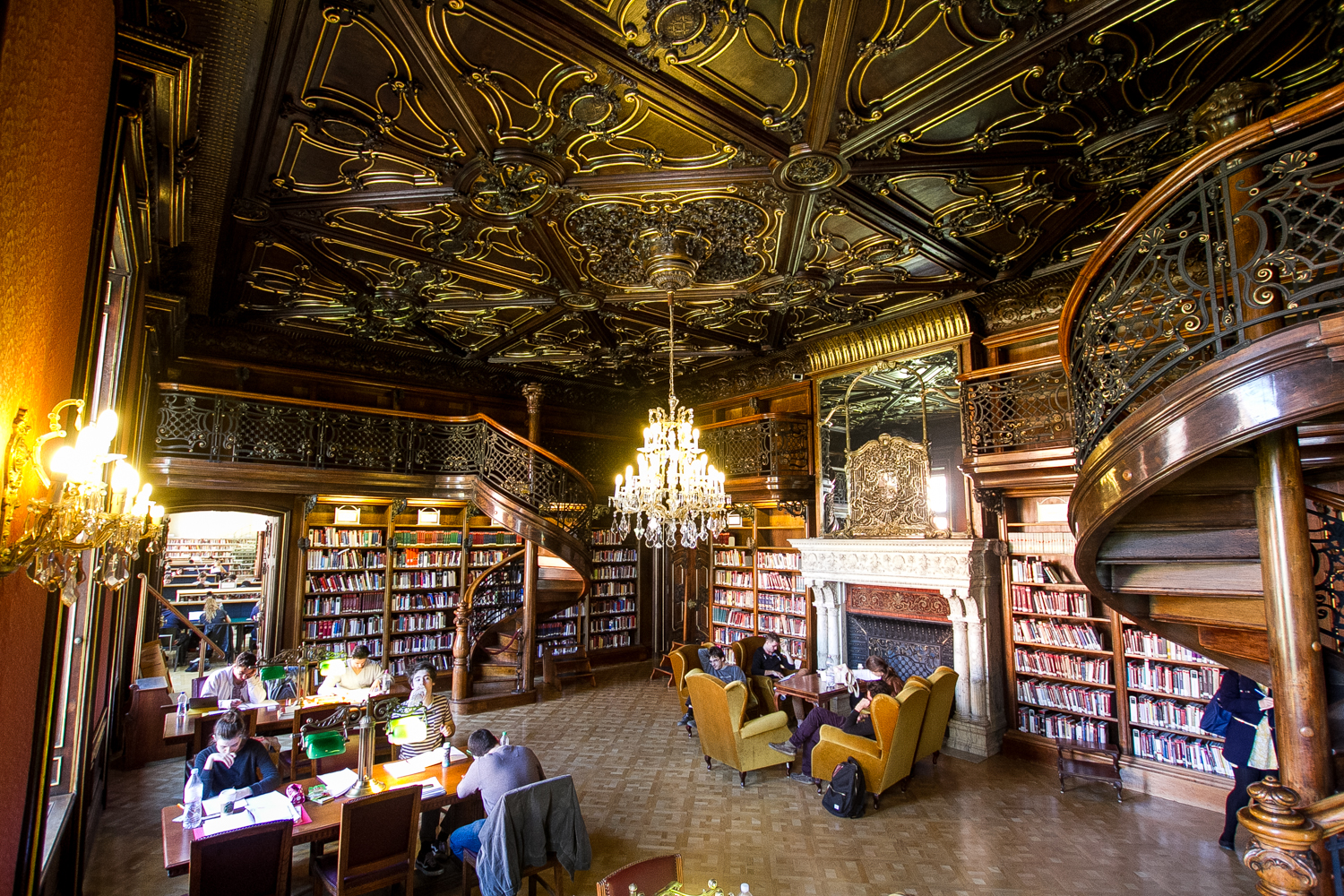Budapest boasts a wealth of artistic attractions scattered citywide, and while it would take a lifetime to visit all of them, you can discover a considerable assortment of aesthetically amazing destinations within just a few hours by using some of the city’s most characteristic conveyances. Embark on a single-day adventure to explore several diverse museums and other landmarks while riding unique public-transport vehicles with the following itineraries that include art displays, cultural monuments and world-class performance halls.
Please note that none of the following itineraries have suggested time frames, but all of them are definitely doable within a single day. Certain stops can be skipped to focus on other attractions, as best determined by every artful adventurer. By following these itineraries, Budapest visitors can get maximum value out of a Budapest Card, which provides unlimited use of public transportation and entry to several major museums for a variety of time periods. At the end of each itinerary, we provide helpful travel tips including a brief rundown of ticket-fare costs for these excursions. For more information, see our guide to Budapest’s BKK public-transport system.
After completing the Parliament tour, stroll down to the building’s riverfront to catch the first ferry heading south (towards the Kopaszi-gát - BudaPart terminus). If the weather is nice, try to get a seat on the upper deck to best enjoy the panoramic views while zigzagging from one side of the Danube to the other – this short cruise provides sweeping perspectives over major Castle District landmarks such as Matthias Church and Fishermen’s Bastion while passing beneath the postcard-superstar Chain Bridge.
Step back onto dry land at the Várkert Bazár stop. Created by Miklós Ybl – the architect of Budapest’s world-renowned Opera House – the Várkert Bazaar was once the majestic entryway to Buda Castle for regal 19th-century visitors who also arrived here by riverboat. Nowadays, the public is welcome to follow these aristocratic footsteps into this sumptuous garden complex featuring art exhibits, varied concerts and an escalator leading up to the Hungarian National Gallery within the green-domed Royal Palace.
Following a leisurely wander through the ornamented Várkert Bazaar grounds replete with mosaics and statues, return to the ferry dock and catch the next Kopaszi-gát - BudaPart-bound boat for another cruise past Gellért Hill and beneath the interwoven steel of Liberty Bridge to disembark at the Egyetemváros - A38 stop. The A38 Ship is Budapest’s best modern concert venue and cultural centre. Permanently moored on the southern Buda riverfront, this heavily modified barge is now an unparalleled pleasure craft featuring a large indoor performance hall in the hull, a floating gallery and a bar on the bow where groundbreaking DJs play fresh sets in summertime.
Considering that A38 has its own panoramic restaurant and concerts that continue late into the night, this can be a fine final destination for a Voyage of Discovery in Budapest – but refined-culture aficionados won’t want to miss the last leg of this ferryboat excursion to the Müpa - Nemzeti Színház stop. Here you’ll find the Palace of Arts (aka Müpa), where numerous genres of contemporary creativity are presented amid an imposing modern venue dominating southern Pest’s riverfront.
Müpa is home to the Ludwig Museum – a multi-storey institution of international modern art, highlighting both Magyar masters and global greats of recent decades – as well as several state-of-the-art performance venues of various sizes, including the acoustically advanced Béla Bartók National Concert Hall. Here, many of the world’s best orchestras play for over 1,600 enraptured audience members at a time, potentially including you.
Travel tips: Ordinarily it costs adults 750 forints for every uninterrupted Budapest ferryboat ride, but if embarking on the Voyage of Discovery during a weekday, any type of BKK public-transport pass allows riders to hop on and off the ferryboats for no extra cost. During weekends, however, passengers must pay the fare for each ferry ride, even if they have a BKK pass valid for that time period. Anyone holding a valid Budapest Card can ride the ferries for no extra charge any time, and this allows free entry to the Hungarian National Gallery and the Ludwig Museum.
Begin at central Deák Ferenc tér – the square where three of Budapest’s four metro lines converge – with a quick stop at the Underground Railway Museum within the underpass, housed in a disused underground tunnel featuring carefully crafted century-old subway cars and surprisingly stylish posters, uniforms and other accoutrements of public transportation from decades past. From here, follow the yellow M1 signs to catch the vintage metro heading towards Mexikói út, disembarking at the Opera stop.
Before emerging back above ground, make sure to admire the well-preserved atmosphere of this 122-year-old subway stop – almost every M1 station features such classic patterned tiles, wooden fixtures, columnar support girders and permanent mini-exhibits. Upstairs on Andrássy, the magnificent Opera House is currently being renovated but still provides daily multilingual tours of the sumptuous interior laden with all kinds of artworks, from the circular ceiling fresco by Károly Lotz starring gods of Mount Olympus to statues of Hungarian musical greats Franz Liszt and Ferenc Erkel.
After touring the Opera House, get back on board the M1 bound for Mexikói út and ride three stops to Kodály körönd, a stately traffic circle that another of Hungary’s greatest composers once called home. The Zoltán Kodály Memorial Museum at Andrássy út 87-89 contains numerous relics from the 20th-century maestro’s colourful career, such as his embroidery-laden furniture, voluminous personal library and antique instruments from his tireless work to preserve Hungarian folk music.
From this museum focused on local culture, stroll a short way along Andrássy towards Heroes’ Square to the next M1 stop at Bajza utca. Here, the Ferenc Hopp Museum of Asian Arts presents a wide-ranging permanent collection of Oriental treasures and intriguing temporary exhibits within an impressive villa, while a delightful statue garden of varied icons from the East is open to everyone in the back.
Ride the M1 once more to the next stop at revered Heroes’ Square, where passengers emerge while watching its gigantic colonnade rise to fill the panoramic scene at the top of the underground stairway. To the left, you’ll see the Museum of Fine Arts (closed for renovation until the end of October), while the Kunsthalle – Műcsarnok in Hungarian – is on the right, hosting fascinating exhibits of artworks by contemporary Magyar and international visionaries. Don’t miss the elaborate mosaic embellishing the portico.
After visiting the Műcsarnok (and/or the Museum of Fine Arts in the near future), you can choose your own adventure among two options for the final leg of our Downtown Underground itinerary:
1) Stroll through City Park along the main road leading across the bridge behind Heroes’ Square to find the Széchenyi Baths on the left-hand side, where this neo-Baroque spa palace features numerous frescoes and statues to admire while enjoying a muscle-melting soaking session in warm thermal waters, or…
2) Take the M1 back to the central-Pest Vörösmarty tér stop and take a short walk to the riverfront to find the Pesti Vigadó, a newly restored concert hall built in 1865 that now hosts frequent performances and art exhibitions.
Travel tips: Similarly to all ordinary Budapest public-transport lines, it costs 350 forints for a single ride on the Millennium Underground, but you can buy a basic BKK pass (single-day: 1,650 forints) for unlimited use of the M1 metro and other city transit. Anyone holding a valid Budapest Card can ride the M1 for no extra charge, and it covers entry to the Underground Railway Museum, the Ferenc Hopp Museum of Asian Arts and the Műcsarnok.
From Batthyány tér, it’s only four stops to Szentlélek tér station, located steps away from Óbuda’s most central square, Fő tér. This charming cobblestoned expanse is ringed with colourful Baroque buildings, public statues and the Zichy Palace – home to the wide-ranging exhibitions of the Óbuda Museum. Also near Fő tér, entrancing op-art masterpieces await in the recently renovated Vasarely Museum.
Fans of ancient Roman relics will want to walk from the HÉV train’s Szentlélek tér stop towards the gritty underpass leading below the ever-rumbling intersection with a curving flyover. This is the unlikely setting for an astounding collection of inscribed stone tablets, fanciful relief statues and curvaceous building fixtures from 1,900 years ago, when this very site was the location of a sprawling settlement of Roman legionnaires.
After admiring these museum-quality artefacts mounted alongside the drinking outlets and snack stands typical to most Budapest underpasses, step outside into the open space of Flórián tér to see the stone ruins of ancient Rome’s northeasternmost outpost. (To see even more Roman ruins, visit the Aquincum museum – an open-air archaeological park from a sprawling civilian settlement called the Hungarian Pompeii – welcoming the public at its own stop on the same HÉV-train line 5.)
Return to the Szentlélek tér HÉV stop to catch a Szentendre-bound train (make sure to buy a proper ticket – see details below) and settle in for a pleasant half-hour riverfront ride beyond Budapest’s northern border. Szentendre is the final upriver destination of HÉV line 5, and soon after arriving you will be surrounded by creative scenery in this artistic community full of fascinating museums and art galleries.
Walk through the underpass just beyond Szentendre HÉV station and walk straight ahead to reach the centre of this charming town of cobbled streets and historic hilltop churches, not to mention a long riverfront promenade lined with pleasant terrace eateries. Not far from the train depot, Ferenczy Museum is a great starting point for discovering Szentendre’s long artistic legacy. Anyone who purchases a ticket here is entitled to visit all of the town’s other affiliated museums on that same day, including the nearby Barcsay Museum, the ArtMill, the Szentendre Gallery and several other edifying institutions.
However, Szentendre’s innumerable aesthetic attractions are often best discovered simply by wandering its winding lanes and stopping into whichever galleries and shops you find most intriguing – check out this article for a comprehensive guide to Szentendre attractions. Fortunately, the last HÉV train back to Budapest does not leave until after 11pm daily, so there is plenty of time to enjoy this final stop of your artful adventure and still be back in the city centre before midnight.
Travel tips: While passengers can ride the HÉV train anywhere within Budapest’s borders with an ordinary BKK ticket or pass, once these commuter trains travel beyond the city limits, passengers must also pay a supplement to cover the extra distance. In the case of travelling between Budapest and Szentendre on HÉV line 5, this is an additional 310 forints each way. Supplementary tickets are available at all BKK ticket machines and customer-service centres. The Budapest Card covers HÉV-train travel within city limits, but holders must still buy the supplementary ticket when travelling to Szentendre – however, the Budapest Card covers entry to the Vasarely Museum and Aquincum.
